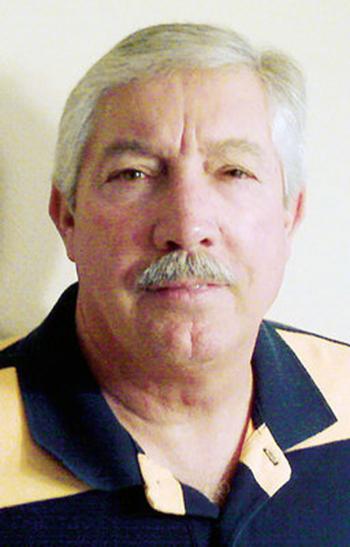
William Thibodeaux
Rainey Sanctuary
By William Thibodeaux, History columnist
During the early 1900s, off the leeward side of Louisiana’s coastline was an area of 26,000 acres in Vermilion Parish—more than 40-square miles of some of the best winter feeding grounds for canvasback and the great Canadian geese. The tract of land bared the name of Paul J. Rainey, an internationally famous Mississippi millionaire, who was also one of the most celebrated big game hunters. He reportedly boasted of having killed 175 lions in Africa, and according to a 1935 newspaper article, the British government virtually “wished” him off its domains. In June of 1924, after the untimely demise of Paul Rainey, his sister, Grace Rainey Rogers, donated the 26,000-acres to the Audubon society as a memorial to her brother.
The area has been a rest stop for thousands of migratory birds that come south for the winter for the past several hundred years. According to Allen LeBlanc (www.cajunlegacy.com) of Abbeville and his archive, the sanctuary originally began with 40,000 acres owned by the old Vermilion Bay Company, which Edward McIlhenny of Avery Island was part owner. The sanctuary is in the Mississippi Flyway, which includes the eastern edge of Texas, all of Louisiana and western Mississippi. The sanctuary has long been the home to deer, nutria, otter, countless varieties of ducks and geese, and numerous other animal species. It is said that over the years, the wildlife refuge has been visited by numerous prominent people including President Theodore “TR” Roosevelt.
In 1924 Dick Gordon from the far reaches of New Brunswick was called to oversee the Audubon preserve. Gordon had been well acquainted with Paul Rainey. They hunted together and Gordon guided Rainey’s shooting parties across Lake Belle Isle before Rainey’s unexpected death. “Rainey was as friendly as an old shoe,” said Gordon in a 1935 Beaumont Enterprise Article. Before becoming the preserve’s overseer, Gordon was a market hunter—a sharp-shooter hired to kill as many ducks and geese as possible. Once the waterfowl were cleaned, they were alternately packed in ice inside wooden barrels and shipped to large restaurants. However, after the passage of the Migratory Bird Treaty Act signed into law in 1918, the sale of migratory birds was prohibited and sport hunting was closely regulated. After becoming the caretaker of Audubon, Gordon never carried a gun again much less discharged one. No firearms are allowed on the preserve.
The Audubon society’s ornithologists officially listed 142 varieties of birds that frequent the Audubon preserve. Six additional ones are said to make their winter homes on the vast and fertile wetland refuge. One of the duties at the preserve back then was banding ducks and geese for the U.S. Biological survey. Aluminum bands, bearing numbers were placed on the bird’s legs. It’s been reported that roughly 15% of the bands have returned to Washington, and more interesting to know is that one percent of the banded birds that were placed at the preserve were later found on the refuge. The Rainey tract is one of Louisiana’s best kept wetlands. It is bordered by Vermilion Bay and State Wildlife to the north and the Gulf of Mexico to the south. The sanctuary no longer bands ducks and geese. “We are currently banding juvenile Green Herons during the nesting season,” said Tim Vincent, the sanctuary’s manager for the past 18 years, who is a native of Erath and resides at Rainey Sanctuary. Hurricane Rita and Ike have caused moderate interior marsh erosion and some salt water intrusion. The sanctuary has formed the Rainey Conservation Alliance with other landowners across the coast to combat the loss of our treasure—the coastal wetlands habitat. The wildlife refuge is not accessible by land and remains privately owned.
- Log in to post comments
